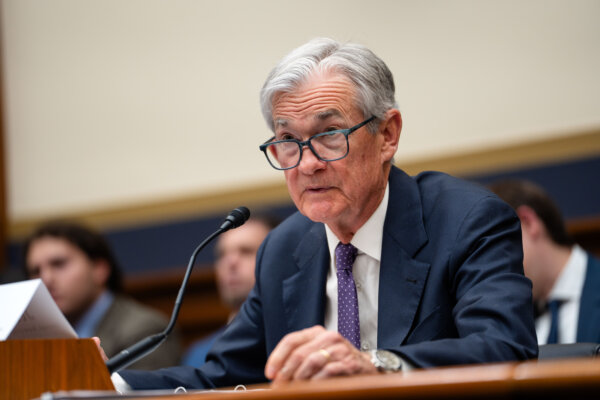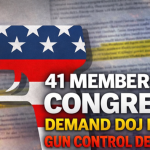![]() The Federal Reserve left interest rates unchanged for the fifth consecutive policy meeting.
The Federal Reserve left interest rates unchanged for the fifth consecutive policy meeting.
Officials chose to keep the benchmark federal funds rate—a key policy rate that influences business, consumer, and government borrowing costs—in a range of 4.25 to 4.5 percent.
For the first time since 1993, two Federal Reserve officials dissented from the majority decision, advocating for a rate cut. Fed Governor Christopher Waller and Vice Chair for Supervision Michelle Bowman—both Trump appointees—broke with the consensus.
The Fed said that recent indicators suggest economic activity moderated in the first half of the year.
Financial markets had overwhelmingly expected the Fed to hold steady, despite persistent pushback from President Donald Trump and senior administration officials.
The next two-day FOMC meeting is scheduled for September 16–17.
A Tale of Two Feds
For months, monetary authorities have insisted that they can afford to wait before taking policy action. As the current administration implements fundamental changes to trade policy, the Federal Reserve is awaiting further clarity to determine whether tariff efforts will result in a one-time price adjustment or persistent inflation pressures.
“You would have to cook up some other amplification mechanisms,” Waller said.
“And what’s what people talk about: wages will start going up, and everything will get out of control.
“You’re not seeing that at all.”
Waller has been an advocate of lowering interest rates, pointing to weakness in the labor market as justification for cutting now rather than waiting.
Bowman has also expressed support for reducing rates.
“As we think about the path forward, it is time to consider adjusting the policy rate,” Bowman said during a June 23 speech in Prague, Czech Republic.
Like Waller, Bowman also said that downside risks to the labor market could begin forming.
Headline employment data indicate a healthy job market, with the unemployment rate hovering slightly above 4 percent. However, according to Waller, a closer examination of the data reveals fading momentum.
Appearing before the New York Association for Business Economics, New York Federal Reserve President John Williams said that he is beginning to see higher inflation driven by tariffs. In the coming months, he said, the effects should begin to be realized.
The Bureau of Economic Analysis will release the central bank’s preferred inflation measure—the personal consumption expenditures (PCE) price index—on July 31.











